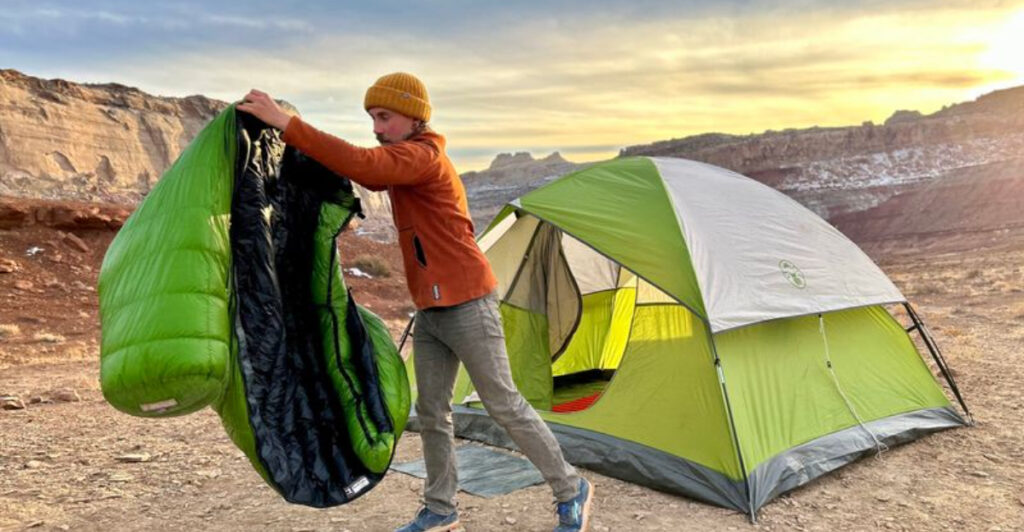Choosing the right sleep system can make or break your outdoor adventure. Whether you’re planning a weekend camping trip or a month-long backpacking journey, the debate between sleeping bags and quilts continues to divide outdoor enthusiasts. Both options offer unique benefits that cater to different adventure styles and personal preferences.
1. Weight and Packability Matter Most for Long-Distance Adventures
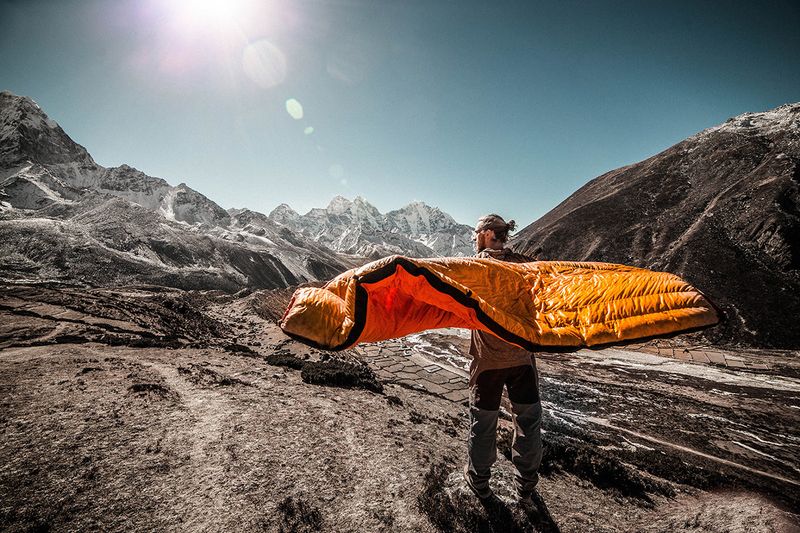
Every ounce counts when you’re carrying your home on your back for weeks. Quilts typically weigh 20-30% less than comparable sleeping bags because they eliminate zippers, hoods, and bottom insulation that gets compressed anyway.
Thru-hikers and bikepackers often choose quilts for this exact reason. A quality down quilt can pack down to the size of a football, leaving more room for food and gear.
However, sleeping bags offer more features in a single package, which might justify the extra weight for shorter trips where comfort outweighs every gram saved.
2. Warmth Performance Depends on Your Cold Tolerance
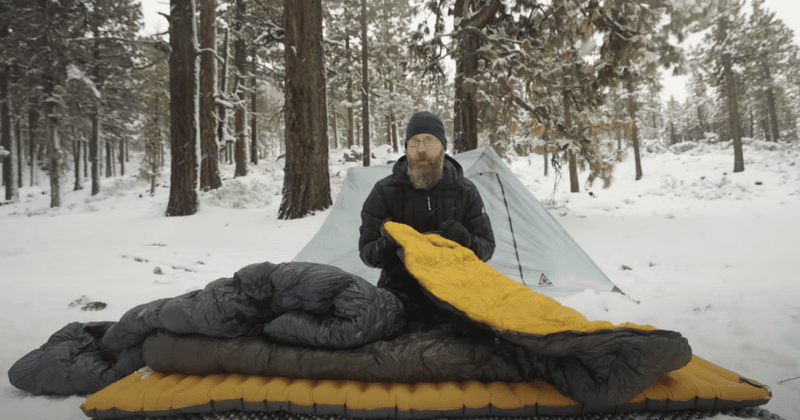
Sleeping bags create a complete thermal envelope around your body, trapping warm air with minimal gaps. The attached hood provides crucial heat retention for your head and neck during frigid nights.
Quilts rely heavily on your sleeping pad for bottom insulation and proper attachment to prevent drafts. Cold sleepers or restless movers might find gaps that let precious warmth escape.
For extreme cold conditions below 20°F, sleeping bags generally provide more reliable warmth. Quilts excel in moderate temperatures where you can easily adjust ventilation by loosening straps or opening edges.
3. Freedom of Movement Appeals to Active Sleepers
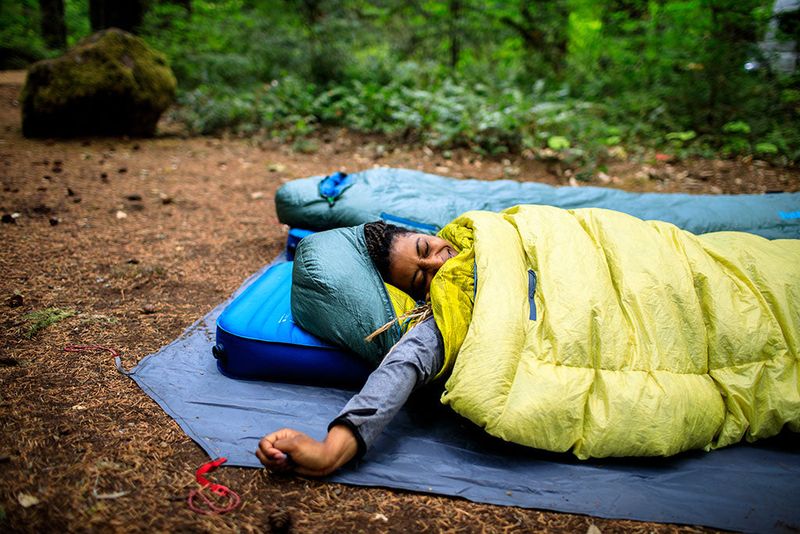
Side sleepers often feel trapped in mummy-style sleeping bags, fighting against restrictive zippers and tapered designs. The enclosed nature can trigger claustrophobia in some people, making rest difficult.
Quilts offer blanket-like freedom that accommodates natural sleeping positions and movements throughout the night. You can stick out a leg for cooling, sprawl comfortably, or wrap yourself however feels natural.
This versatility extends beyond sleeping—quilts double as camp blankets for reading, stargazing, or sharing warmth with a partner around the campfire without looking like a walking burrito.
4. Setup Complexity Varies Between Simple and Strategic

Sleeping bags couldn’t be more straightforward—unroll, unzip, climb in, and zip up. Even exhausted hikers can master this routine without thinking, making bags foolproof for beginners or late-night arrivals at camp.
Quilts require learning proper pad attachment techniques using straps, clips, or shock cords. Getting the tension right takes practice to prevent drafts while avoiding feeling pinned down.
Once you master the quilt setup, many users find it becomes second nature. The initial learning curve pays off with a more customizable sleep system that adapts to changing conditions and personal preferences throughout the night.
5. Budget Considerations Affect Your Gear Investment Strategy
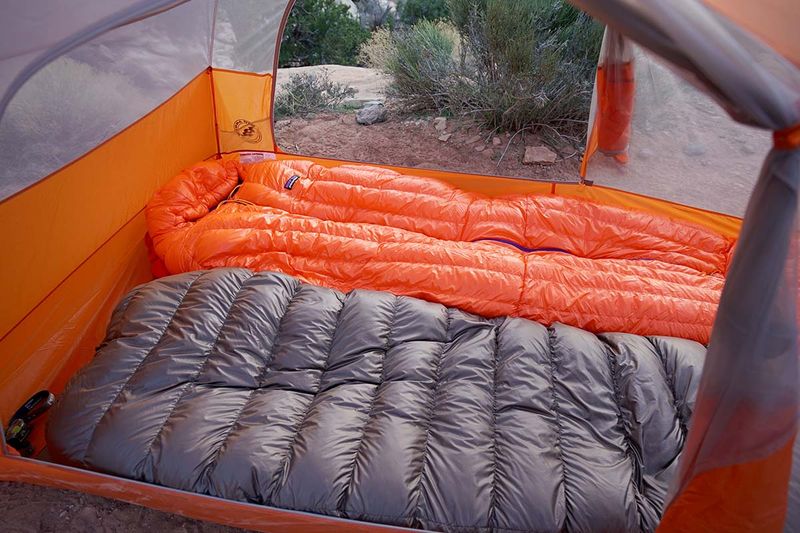
Sleeping bags dominate the budget-friendly market, with decent synthetic options starting under $50 at big-box stores. This accessibility makes them perfect for occasional campers or families outfitting multiple people without breaking the bank.
Quality quilts typically cost more because smaller, specialized manufacturers produce them with premium materials and craftsmanship. However, you’re paying for ultralight engineering and customization options rarely found in mass-market sleeping bags.
Consider your long-term outdoor goals when budgeting. Casual car campers might prefer affordable sleeping bags, while serious backpackers often view expensive quilts as worthwhile investments in comfort and performance.
6. Adventure Type Determines Your Optimal Sleep System Choice
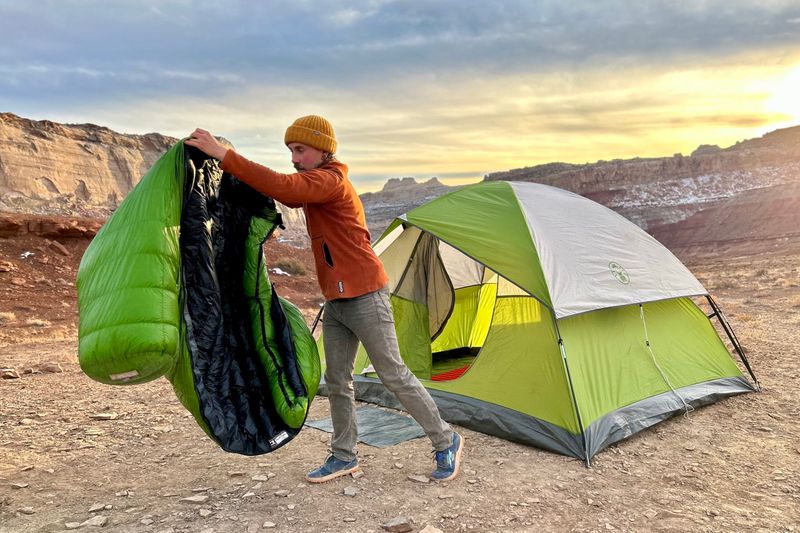
Car camping adventures favor sleeping bags for their convenience and familiar comfort. You’re not counting ounces, so why not enjoy the cozy, enclosed feeling and simple setup after a day of hiking or fishing?
Backpacking and bikepacking scenarios often tip toward quilts, where weight savings and packability create meaningful advantages over hundreds of miles. Every cubic inch of pack space matters when carrying days of supplies.
Mountaineering and winter expeditions typically demand sleeping bags for their proven reliability in extreme conditions. When your life depends on staying warm, the enclosed design and draft-free construction provide crucial safety margins that quilts struggle to match.

